As we delve into the future landscape of ball bearing manufacturers, the industry is poised for significant transformation driven by cutting-edge innovations and evolving market demands. According to a report by MarketsandMarkets, the global ball bearing market is expected to reach USD 16.2 billion by 2024, growing at a CAGR of 5.3%. This growth is largely fueled by the rising demand for precision engineering and advancements in manufacturing technologies, including automation and smart materials.
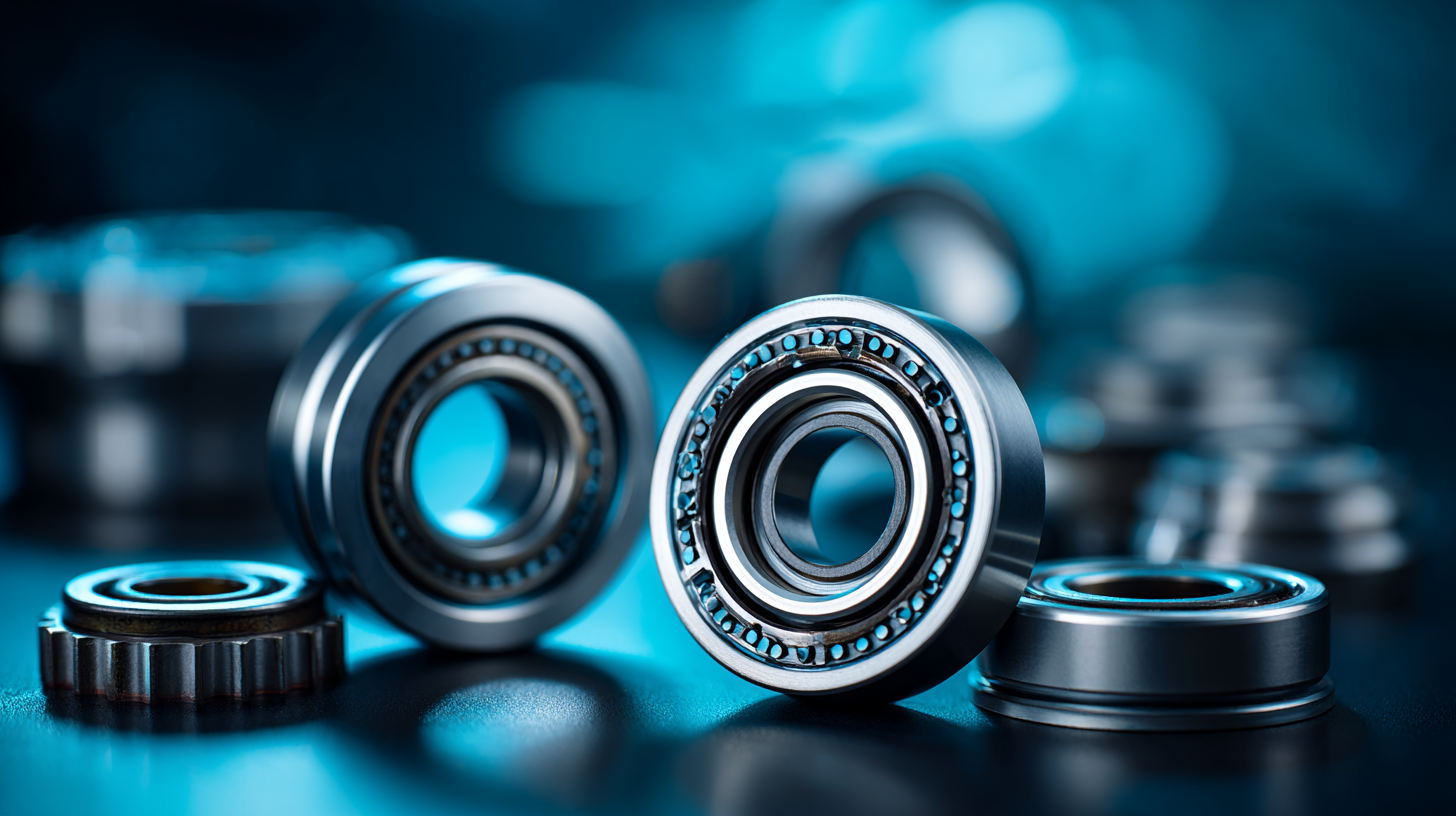
Furthermore, with the increasing emphasis on sustainability, manufacturers are exploring eco-friendly materials and production processes to reduce their carbon footprint. Exploring these innovations will not only shape operational efficiencies for ball bearing manufacturers but also redefine their role in various applications across sectors such as automotive, aerospace, and industrial machinery. Understanding these trends is vital as we chart the course for the future of the ball bearing industry.
As we look ahead to 2024, the ball bearing manufacturing industry is poised for significant transformation driven by emerging technologies. According to a recent report by MarketsandMarkets, the global ball bearing market is projected to reach $23.5 billion by 2024, growing at a CAGR of 5.2% from 2019. This growth is largely attributed to advancements in automation, additive manufacturing, and smart materials that are reshaping production processes and enhancing performance.
One notable innovation is the integration of Industry 4.0 principles, which includes IoT (Internet of Things) devices and AI (Artificial Intelligence). These technologies are enabling manufacturers to monitor machinery in real-time, reducing downtime and optimizing maintenance schedules. A report from Deloitte highlights that companies implementing IoT solutions can decrease operational costs by up to 15%. Additionally, the rise of additive manufacturing (3D printing) is revolutionizing how ball bearings are designed and produced, allowing for complex geometries that traditional manufacturing methods cannot achieve.
Furthermore, the adoption of advanced materials, such as ceramics and advanced polymers, is increasing the lifespan and performance of ball bearings. According to a study by ResearchAndMarkets, the use of advanced materials in this sector is expected to grow at a CAGR of 7.4% by 2024. These materials not only improve performance under extreme conditions but also contribute to overall energy efficiency, aligning with the industry's sustainability goals. Such innovations lie at the heart of the competitive strategies for ball bearing manufacturers in the years to come.
| Innovation Area | Description | Expected Impact (%) | Timeframe for Adoption |
|---|---|---|---|
| Advanced Materials | Use of lightweight composites and alloys to enhance durability and performance. | 20% | 2024-2025 |
| 3D Printing | Rapid prototyping and customization of bearing designs using additive manufacturing. | 30% | 2023-2024 |
| IoT Integration | Implementing smart sensors for real-time monitoring and predictive maintenance. | 25% | 2024 |
| Automation & Robotics | Incorporation of automated systems for efficient manufacturing processes. | 35% | 2024-2026 |
| Sustainability Practices | Adoption of eco-friendly materials and processes to reduce environmental impact. | 15% | 2024 and beyond |
As the ball bearing industry evolves in 2024, sustainability is taking a forefront position in manufacturing practices. According to a recent report by MarketsandMarkets, the global ball bearing market is projected to reach USD 28.6 billion by 2024, with a substantial portion of growth driven by eco-friendly production processes. Manufacturers are increasingly adopting sustainable practices, with leading companies implementing energy-efficient technologies and reducing waste in their production lines. For instance, using renewable energy sources can decrease operational carbon footprints by up to 30%, fostering a more environmentally responsible manufacturing landscape.
Moreover, recent studies indicate that nearly 60% of consumers prefer products that are manufactured using sustainable practices, influencing manufacturers to innovate. Transitioning to recyclable materials and eco-friendly lubricants not only meets consumer demand but also complies with stringent environmental regulations. A report from Allied Market Research highlights that the eco-friendly lubricants segment is expected to witness a CAGR of 5.4% from 2021 to 2028, illustrating a significant shift toward greener alternatives. This trend not only aligns with global sustainability goals but also enhances brand loyalty and market competitiveness in the ball bearing sector.
The role of AI and automation in the ball bearing manufacturing industry is becoming increasingly significant as manufacturers strive to enhance efficiency and reduce production costs. Advanced AI algorithms are being developed to analyze data collected from manufacturing processes, enabling real-time adjustments and predictive maintenance. By utilizing machine learning techniques, manufacturers can predict equipment failures before they occur, reducing downtime and ensuring smoother operations. This data-driven approach allows for higher precision in the fabrication of bearings, optimizing quality control and ultimately leading to superior products.
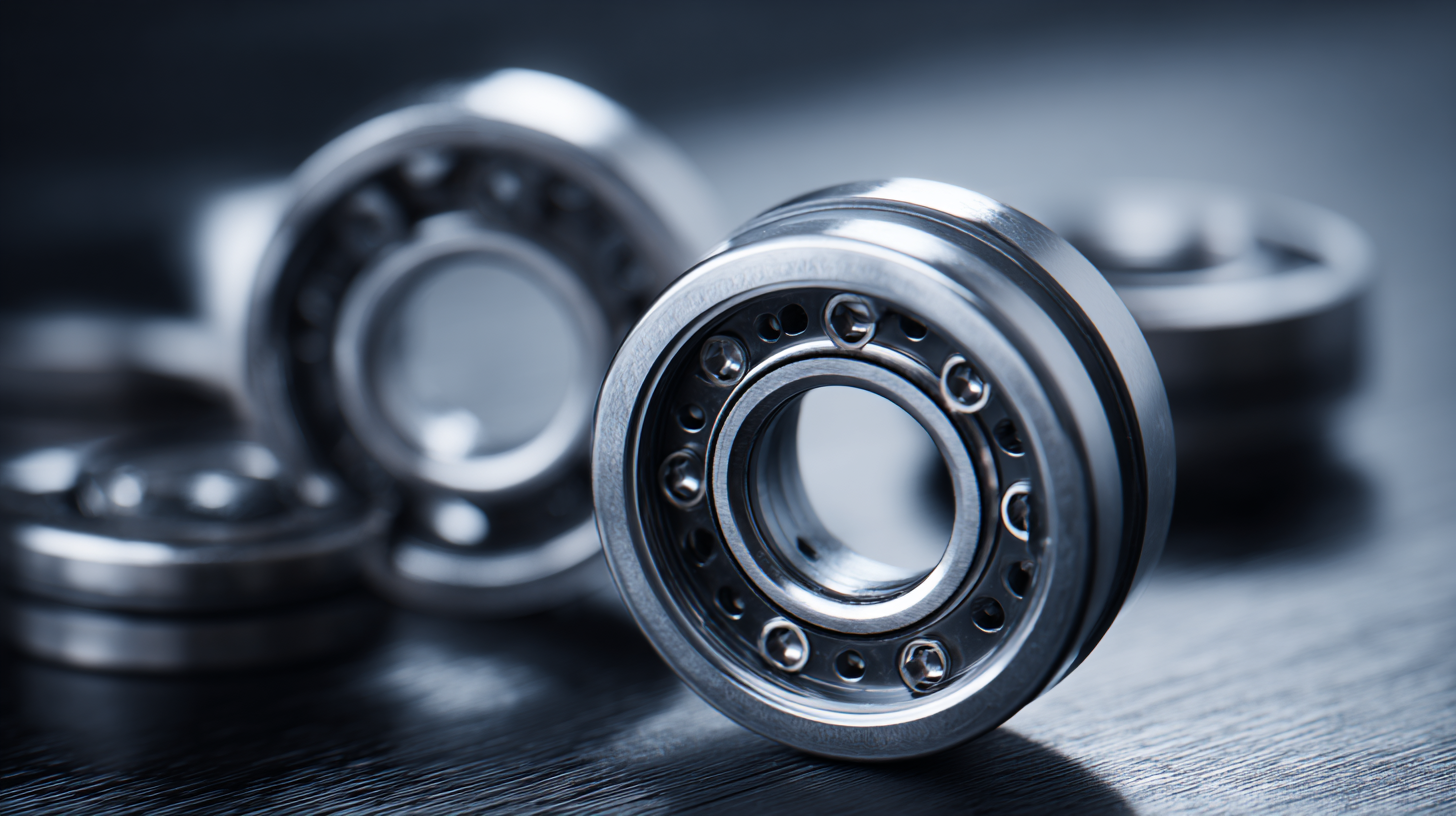
Automation technologies, including robotics and advanced CNC machining, are transforming traditional manufacturing lines into more agile and responsive systems. Automated processes not only accelerate production speeds but also minimize human error, which is crucial for maintaining the stringent tolerances required in ball bearing production. As these technologies continue to evolve, they will enable manufacturers to produce more complex designs while maintaining cost-effectiveness. The integration of AI and automation is paving the way for a more innovative, efficient, and sustainable ball bearing manufacturing landscape in 2024 and beyond.
The ball bearing industry is set to undergo significant transformations in 2024, largely driven by innovations in materials that enhance design and performance. Modern advancements in materials science, such as the development of lighter, stronger composites and advanced polymers, are reshaping how manufacturers approach ball bearing production. These materials not only improve load-bearing capabilities but also reduce friction and wear, leading to longer-lasting and more efficient products.
Additionally, the incorporation of 3D printing technology is enabling manufacturers to create complex geometries and designs that were previously unachievable. This allows for customized solutions tailored to specific performance needs across various applications. As industries like automotive and aerospace adopt these innovative materials, ball bearing manufacturers are likely to follow suit, leveraging insights from these sectors to enhance their own offerings. The future of ball bearings is poised for a revolution, with a keen focus on marrying traditional engineering with cutting-edge material advancements.
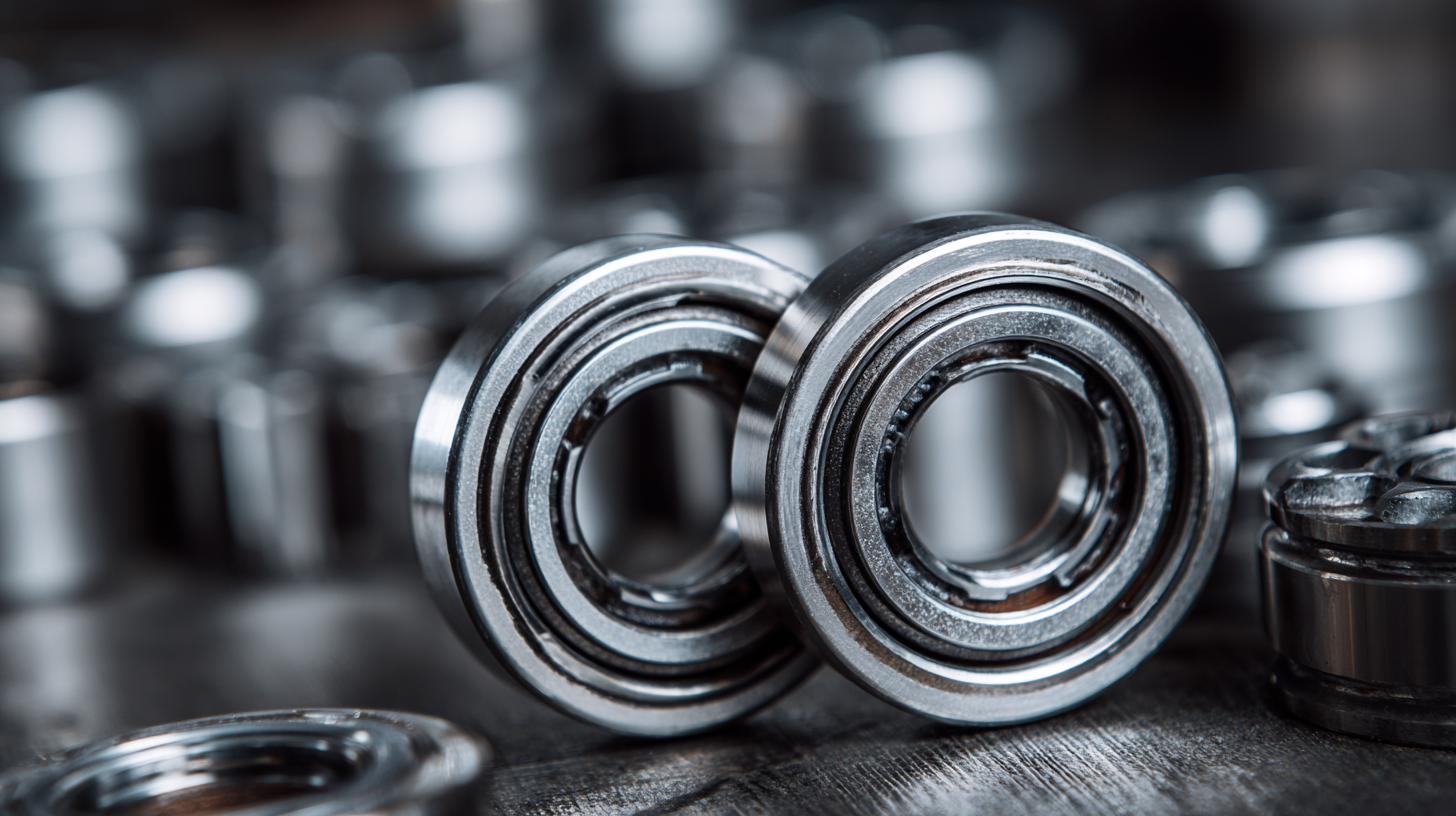
As the ball bearing industry approaches 2024, manufacturers are poised to adapt to a rapidly changing market landscape influenced by shifting demands and technological advancements. A notable trend is the growing emphasis on sustainability, driven by increasing regulatory pressures and customer expectations for eco-friendly products. As industries pivot toward climate adaptation strategies, ball bearing manufacturers must innovate their processes and materials to align with these sustainability goals, potentially incorporating recyclable materials and reducing waste in production.
Additionally, the integration of advanced technologies such as AI and automation is transforming production capabilities. Companies that harness these innovations can enhance efficiency, improve quality control, and respond more effectively to market fluctuations. In this context, manufacturers are not only competing on product performance but also on their ability to adopt smart technologies that facilitate agile manufacturing and supply chain management. As the industry looks ahead, staying ahead of these trends will be crucial for success in the evolving marketplace.
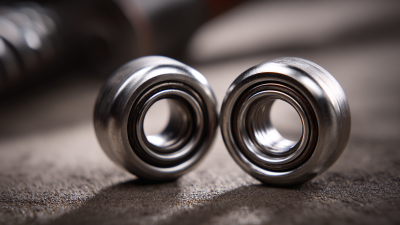

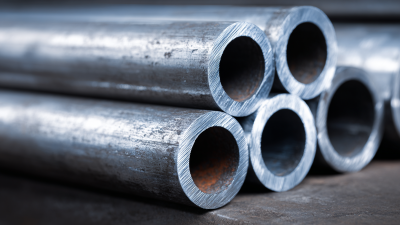
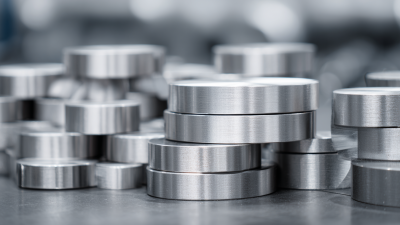


To learn more about any of the products and services provided by Abbott Ball Company, Inc., simply complete the form below.